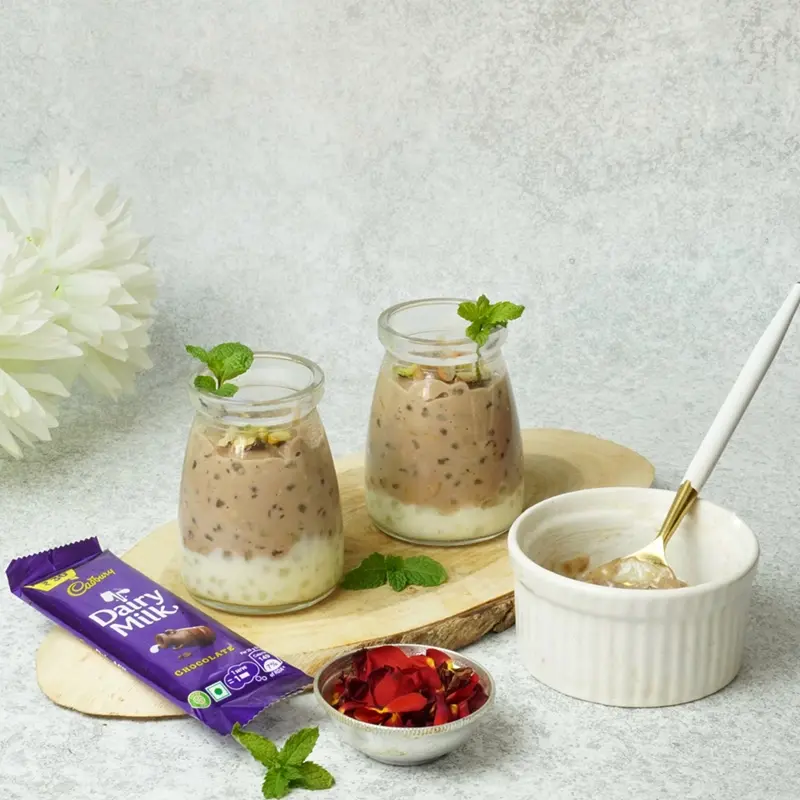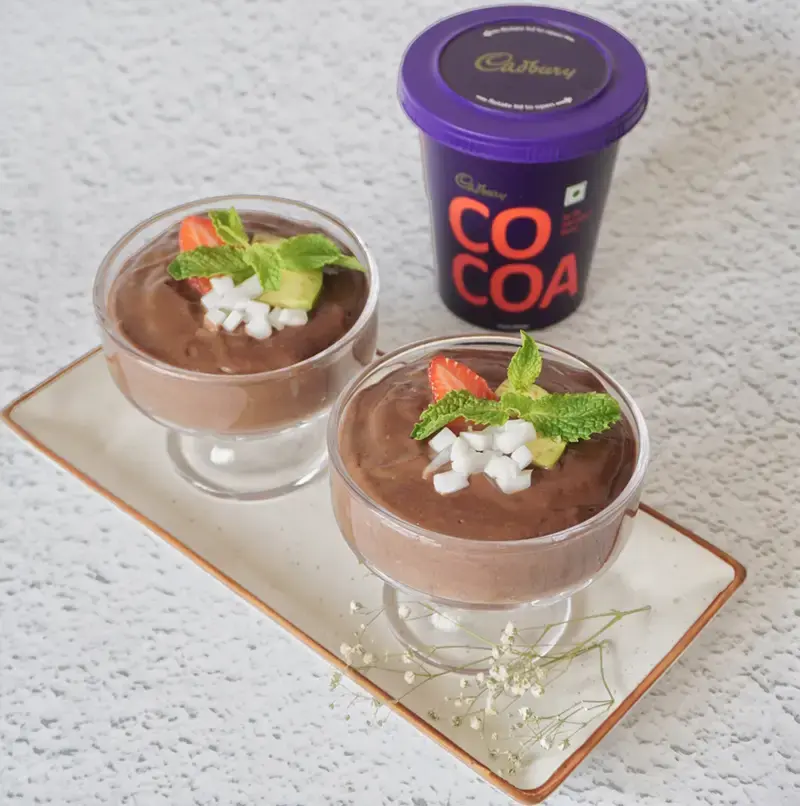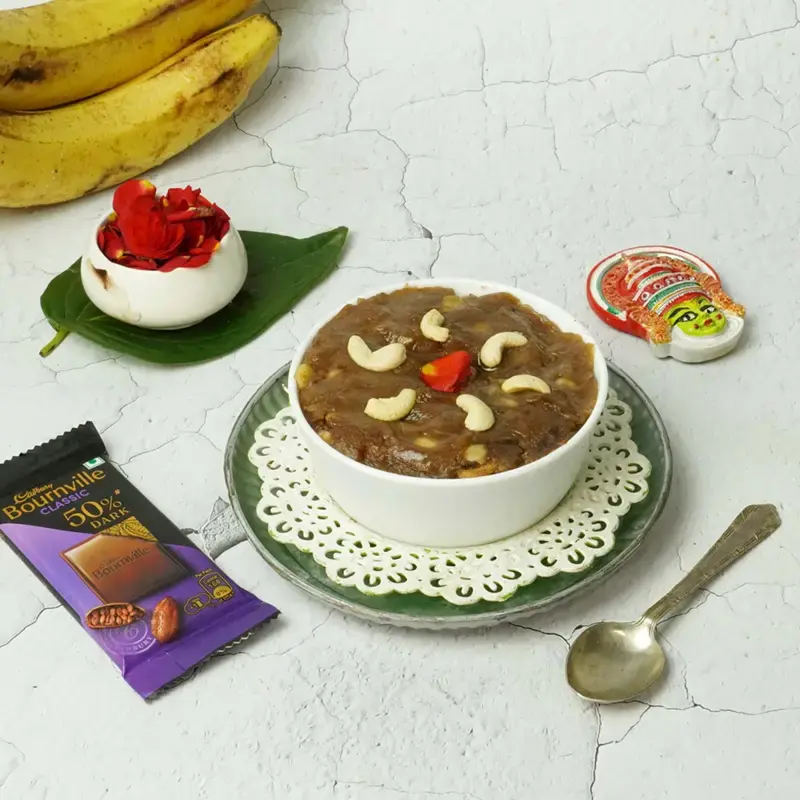Fine these cookies under the most delicious dessert recipes, for a few of these will make you want to bake up a storm
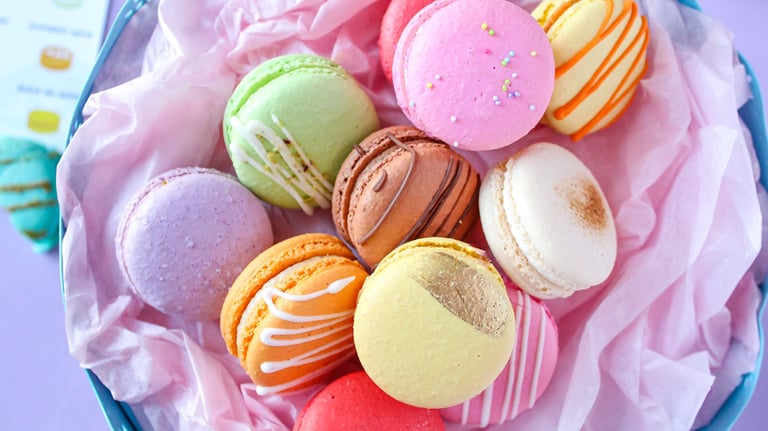
Fancy a cookie from the French shores, because some of these are cherished cookies which fall under delish dessert recipes. You might only know macarons, but the French are known for more cookies and surprisingly most aren’t as garish or flamboyant as Parisian haute couture. Most cookies are deeply rooted in the Christian faith in this country and tied to certain regions that still bake fresh cookies every single day. Read on to add to your cookie vocab!
1. Macarons
This one’s the most well-known French cookie that is known around the globe, perhaps as famous as the Eiffel Tower. These small, colourful round sandwich cookies, have two meringue-based cookies sandwiching a creamy filling. The cookies are light and crunchy while the centre is chewy and the Parisian macarons come in the trademark palm-size fit. The origin of these cookies goes back to Italy in 1533, initially appearing without filling, and it was nothing like this complex treat it is today. The modern version is said to have been created by Parisian pastry chef Pierre Desfontaines who introduced a creamy ganache filling between two cookies.
2. Cornuelle
This French cookie is from Villebois-Lavalette in Charente and its distinctive triangular shape carries Christian symbolism – representing the Holy Trinity. This hole in the cookie serves a purpose – during Palm Sunday celebrations, the palm branches are inserted during the Blessing of the Palms. They are made with a dough that uses flour, sugar, butter, eggs, and anise seeds, which are shaped with ribbed edges and puncturing a central hole. Before baking, the cookies are brushed with an egg yolk wash and sprinkled with anise seeds or small pink and white anise-flavoured candies.
3. Biscuit rose de Reims

This French cookie has been a staple of Reims since 1691 and its name refers to its pink colouration rather than its flavour.m which might make you feel it is rose-flavoured The biscuit's signature crunch is from the double-baking process, making it the perfect accompaniment to champagne. Traditionally, people dip these biscuits in champagne or local red wines, a practice that echoes the use of wine in Christian rituals. The closely guarded original recipe is known only to Fossier's confectioners and these days it is also paired with tea or incorporated into Charlotte cakes, a kind of bread pudding also called icebox cake.
4. Florentines
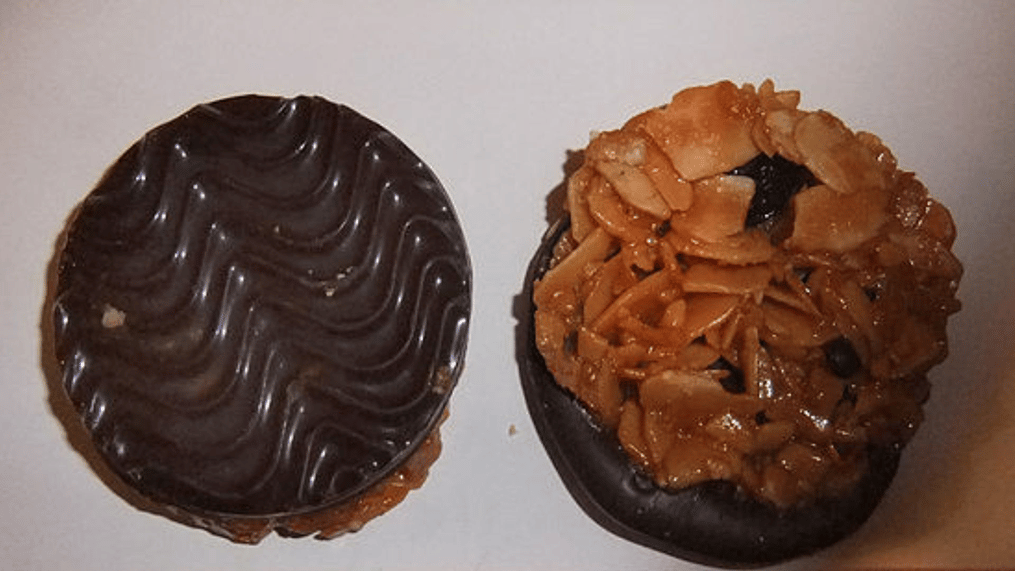
These European delicacies likely originated in France during the late 17th century, which is made with a combination of nuts, predominantly almonds and hazelnuts, with sugar, candied cherries, honey, and butter. A defining feature of this cookie is the chocolate coating often applied to the bottom of the cookie. This makes them ideal for dunking in beverages, it is enjoyed year-round, but Florentines find a special place in Christmas celebrations, reflecting the importance of festive baked goods in Christian traditions.
5. Navette
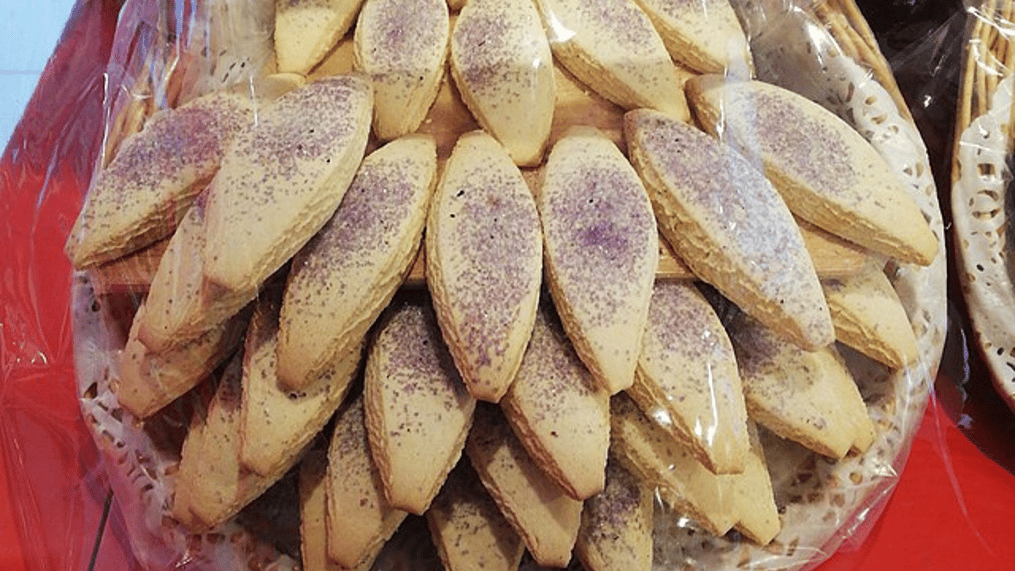
This French cookie from Marseilles is always made in the shape of a boat or shuttle and this carries religious significance, said to honour Mary Magdalene and Saint Martha's voyage to Marseilles approximately two millennia ago. Orange-flower water gives these cookies their characteristic flavour and while they are traditionally consumed on February 2nd, known as Candlemas Day, they're available year-round at the Four Des Navettes bakery in central Marseilles. This bakery has maintained continuous production since 1781. Although orange-flavoured navettes remain the most popular, bakers now offer varieties featuring cinnamon, chocolate, vanilla, and lavender.
6. Sablé
This classic Breton cookie is renowned for its sandy texture, reflected in its French name "sablé". This trademark characteristic results from the high quantities of butter and egg yolks in the recipe. Sablés first appeared in 1670 in Sablé-sur-Sarthe, created when Prince Condé's steward prepared shortbread for a party. Legend has it that the cookie was named in honour of the Marquise de Sablé, a guest at the event. The recipe for sablé is enhanced with lemon or orange zest, almonds, and savoury elements like green peppers, or cheese.
7. Cucciole
These cookies or rather biscuits hail from France’s Corsica, where the recipe calls for using a mixture of flour, sugar, baking soda, olive oil, white wine, and brandy. The preparation involves cutting the crumbly dough into thick diamond shapes and before baking, the cookies are sprinkled with powdered sugar. Once baked they are a beautiful golden brown and crunchy and once cool, it is typically enjoyed on their own or alongside a cup of hot coffee. The biscuits are also known by regional variations of the name, including cuggiole, cuggiulelle, and cujuelles.
Like This Article?
More Like This



Popular Articles





Trending Web Stories
Curated Recipes
